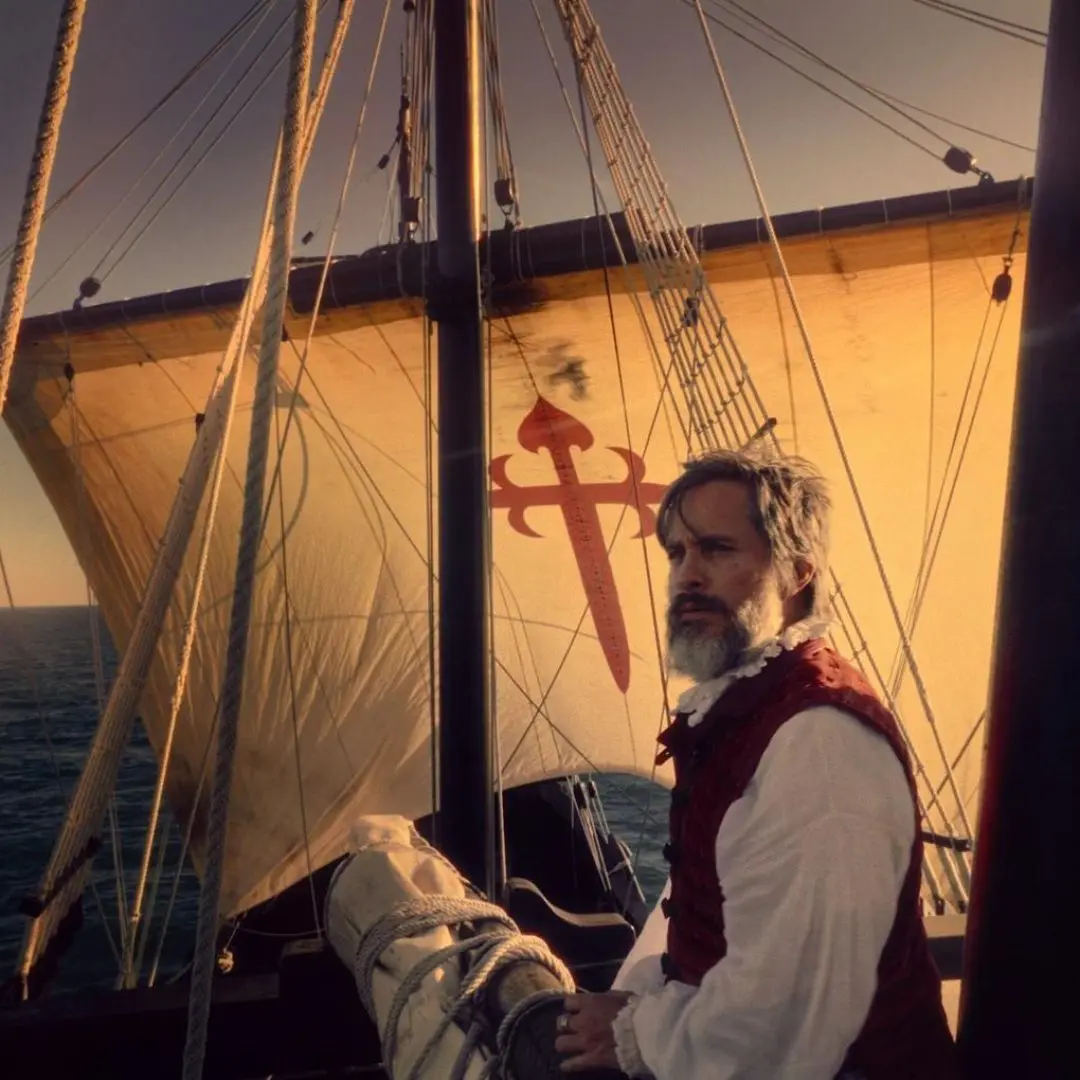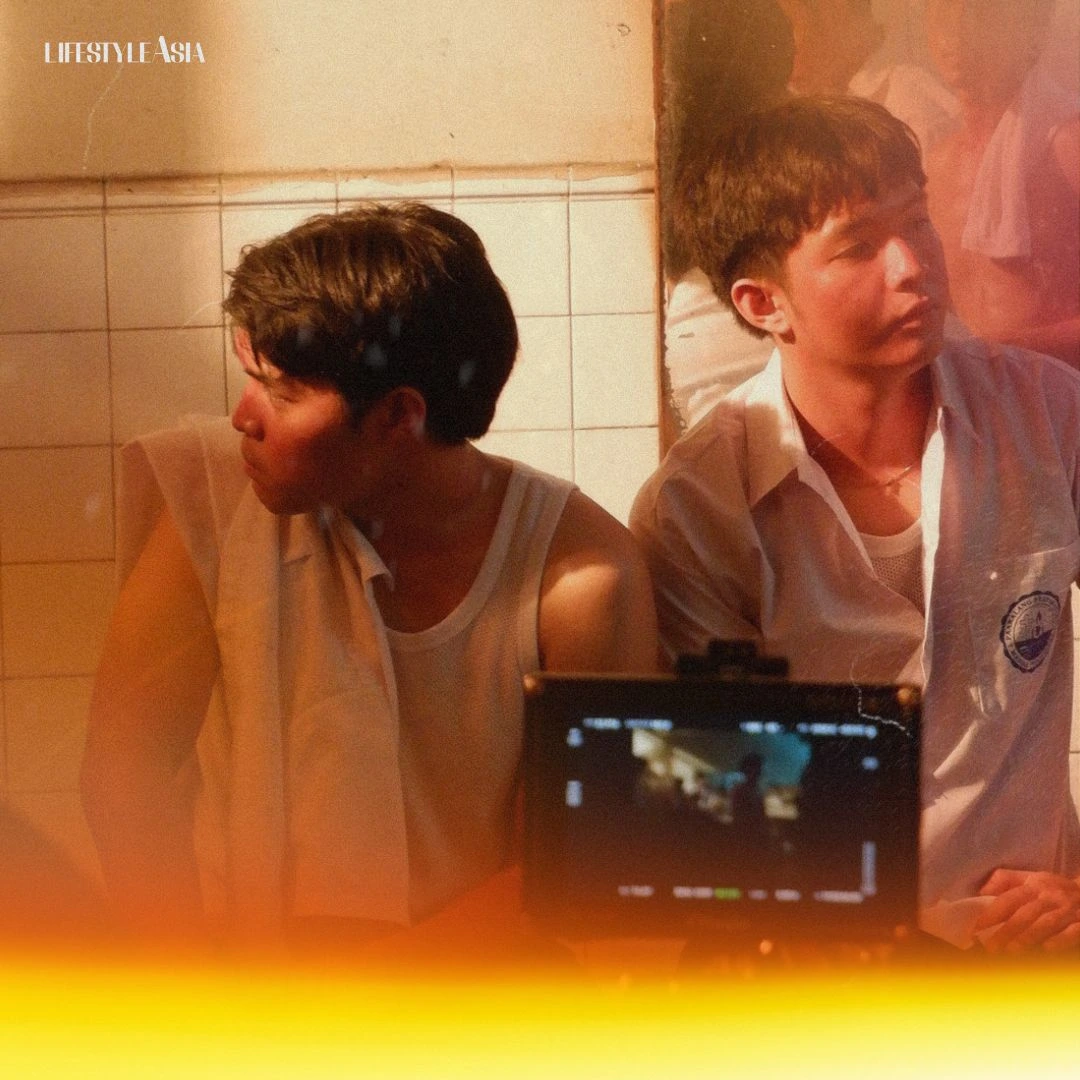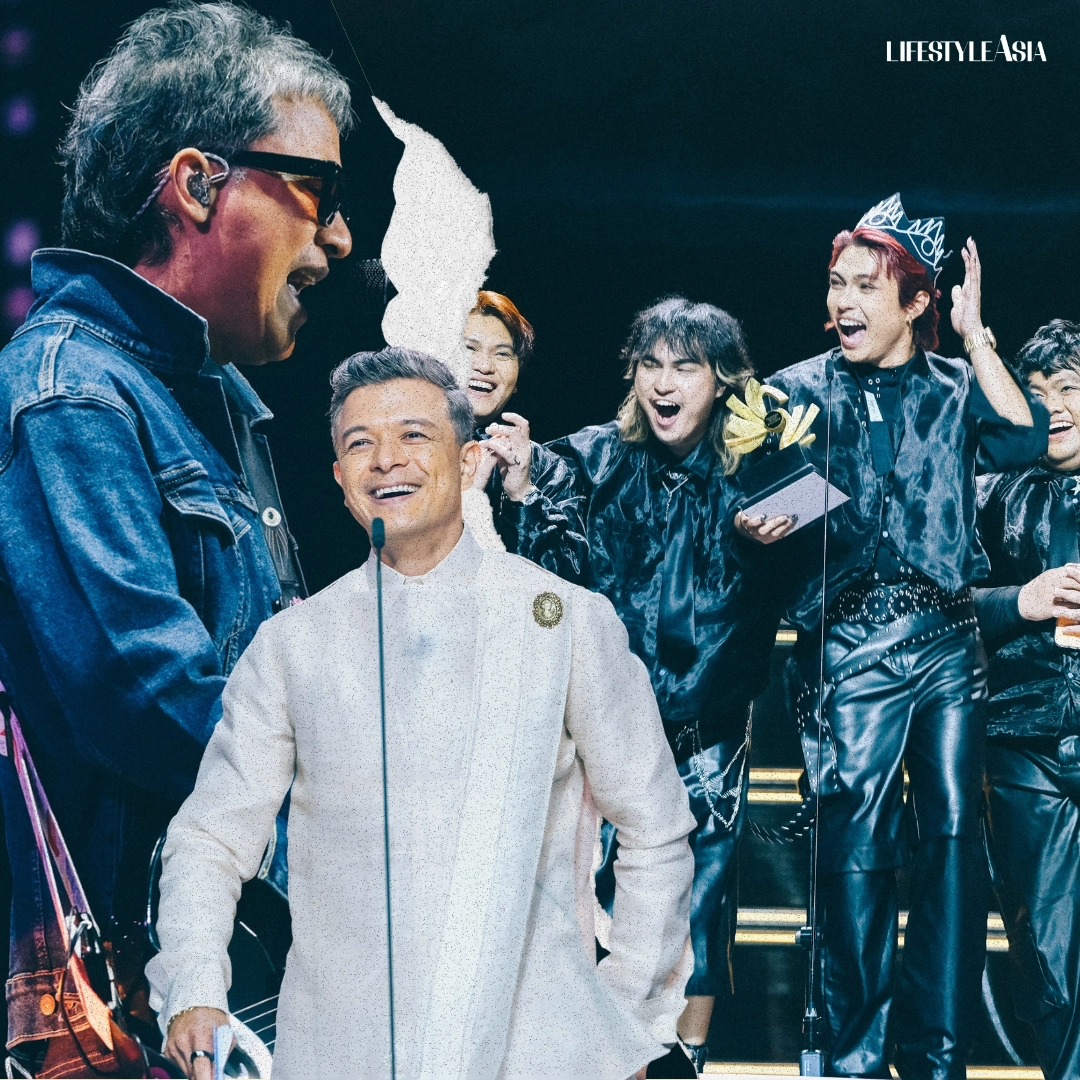Lav Diaz’s Magellan, the Philippines’ submission to this year’s Academy Awards, left us unsettled, full of questions, yet in awe of the power of cinema.
Warning: This piece discusses key themes and plot points of Magellan.
Few modern-day Filipino filmmakers command the same authority in the artistic community as Lav Diaz, whose name resonates not only within Philippine cinema but also on the global stage. His most recent film, a sweeping biographical portrait of Portuguese conquistador Ferdinand Magellan, premiered at the Cannes Film Festival last May and has since been chosen as the Philippines’ official entry to the upcoming 98th Academy Awards—an honor that has yet to bring the country its first-ever nomination.
The sense of excitement over the possibility of Oscar glory is higher than usual with Magellan. Diaz, an arthouse filmmaker with genuine international street cred, has teamed up with Mexican leading man Gael García Bernal, well known in Hollywood for his performances in Y Tu Mamá También (2001) and The Motorcycle Diaries (2004), among others. This combination is likely to raise the film’s profile with Academy voters.
Adding to the buzz, critics have called Magellan Diaz’s most accessible film yet. At just two and a half hours, its runtime is a far cry from the director’s usual marathon productions, the longest of which runs a staggering ten hours. As celebratory posts and articles on the film’s Oscar selection continue to pour in, Magellan just had its splashy Manila premiere, drawing Filipino audiences of all ages eager to revisit this famous tale of discovery we’ve been taught since grade school. But how does it truly fare? Is Magellan worth the hype? The short answer: yes. It’s breathtaking, but it’s also flawed.
READ ALSO: What We Know About The “Magellan” Film By Lav Diaz
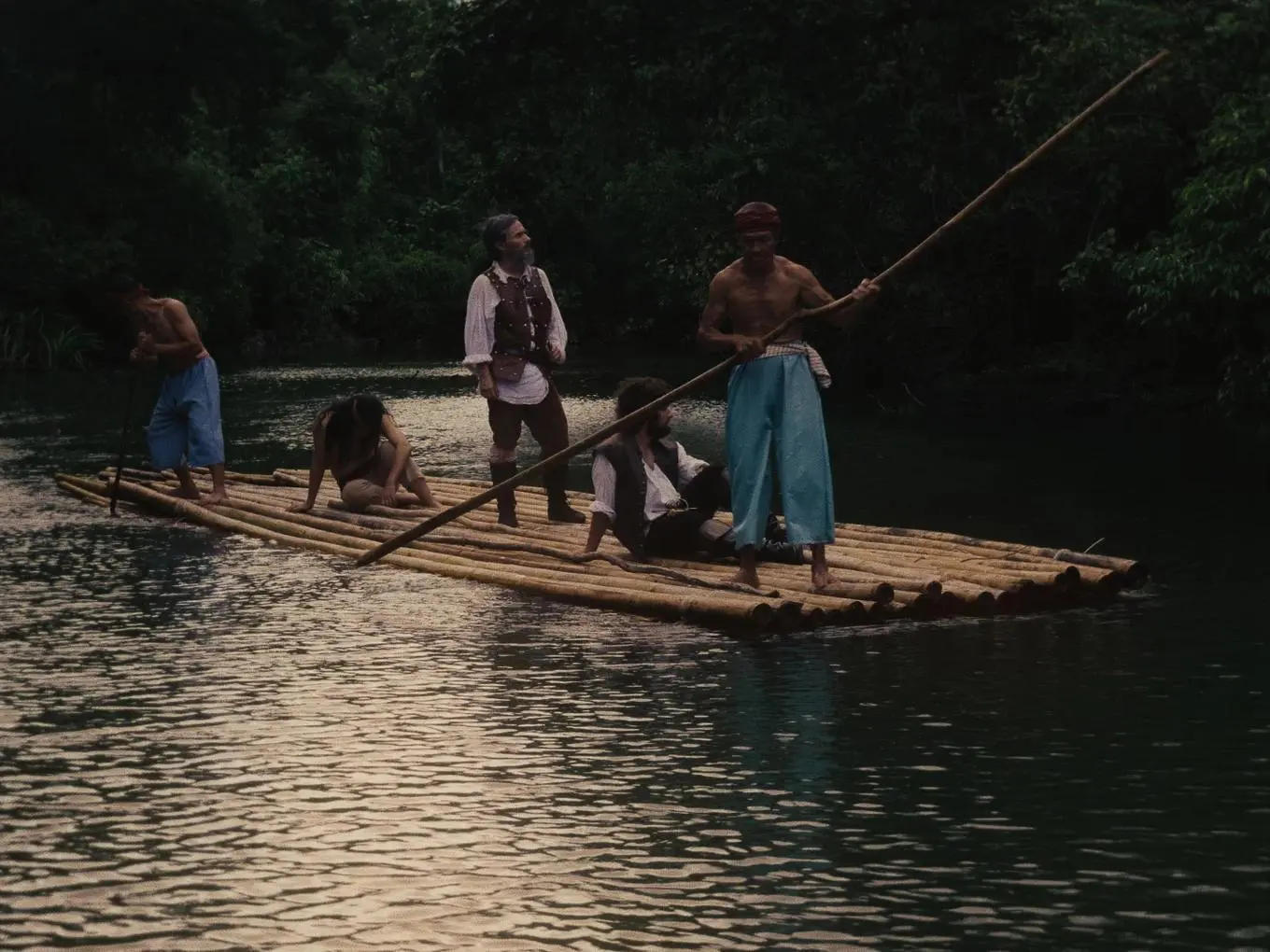
Monumetal Filmmaking
Cinema, at its core, is a visual medium, and Magellan aces that in spades. Every frame of the film (though I hate to lean on the cliché) truly is painterly. The cinematography by Diaz himself and Artur Tort bursts with depth and texture. This imagery, especially in its intimate dialogue with nature and the environment, is a hallmark of Diaz’s work. It’s no surprise, then, to see such visual splendor on the big screen, but it bears emphasis because it stands as Magellan’s greatest strength as a piece of filmmaking.
Its visual language, marked by composition and unflinching realism, goes beyond surface-level beauty, immersing viewers in a 16th-century setting that feels lived-in rather than romantically idealized. Complementing the stellar cinematography are equally strong period costumes; impressive production design highlighted by the use of a real conquistador ship; and transportive, naturalistic makeup work.
Further elevating the film and bringing it fully to life is its immersive sound design, which turns the natural elements into another character on screen. The rustle of jungle leaves, the crash of ocean waves against ships and shores, even the distant screams of natives under siege—all of these create a richly textured cinematic experience. This marriage of sound and image captures the very essence of cinema and reaffirms why Diaz is among the finest filmmakers working today. His command of the medium and his ability to transport audiences into entirely different worlds is nothing short of remarkable.
Diaz’s vision and uncompromising directorial style prove highly effective for a story like this. In many ways, Magellan recalls the work of his predecessors—Werner Herzog’s Aguirre, the Wrath of God (1972) and Terrence Malick’s The New World (2005)—films that similarly transport audiences into forgotten worlds of centuries past. Like those works, Diaz grounds his tale in realism, resisting the temptation to mythologize colonization and instead forcing us to confront its harsh, unsettling realities. The result feels both uncomfortably real and, at the same time, monumental.

Who Was Magellan, The Man?
Magellan’s story is extremely familiar to Filipinos, passed down through schools and parents, and embedded in our history not only as the nation’s so-called “discovery,” but also as the arrival of Catholicism, our predominant religion today. With this narrative—or rather, the fairytale version of it—woven into our collective consciousness, Diaz’s Magellan feels like a true cultural event for many viewers eager to see it brought to life on screen, or to uncover something new about its titular figure.
Sadly, the film’s greatest weakness lies in its narrative, which never feels strong enough to offer much beyond what we already know. This weakness is compounded by the thin characterization of Magellan himself. Despite Bernal’s obvious talent, the figure at the film’s center comes across less as the driving force of the story and more as a mere entry point into Diaz’s world. We learn little of his personality, motivations, or inner life, leaving him interchangeable. He’s just another conquistador among many.
That’s not to say this is a case of style over substance, because it isn’t. There are plenty of moments in Magellan that stand out—just not ones centered on the titular character. For instance, the film’s fourth act, which focuses on Christianity, is remarkably powerful and arguably the highlight of its hefty runtime. Diaz ventures into nuanced territory, juxtaposing images of the Filipinos’ pagan faith before the settlers’ arrival with the violent imposition of Catholicism by white colonizers, culminating in a brutal finale. Some scenes are especially unsettling: one depicts the Spanish leading a forced mass, coercing locals into conversion, then proceeding to burn their pagan idols.
However, before reaching the film’s strongest section, we must first move through three weaker acts. The opening, set in Malacca, shows Magellan navigating colonization under Portuguese leadership. The second act shifts to Spain, offering glimpses (though far too brief) into Magellan’s personal life there before he departs for the Philippines. The third act, stronger than the first two, unfolds largely at sea, where Magellan emerges as a ruthless captain and the audience feels the exhaustion and nausea of the arduous voyage. These scenes are brutal yet beautiful, worth the slow burn, and reminiscent of the uncomfortable ship sequences in Jan Troell’s The Emigrants (1971).
Finally, it all culminates in the even more brilliant fourth act set in Cebu, which delivers a feast for the senses and a rare cinematic window into Filipino history. Narratively, this is the most familiar section to Filipinos; yet Magellan is largely absent here, with the focus instead shifting to the Filipino tribespeople. While this perspective is both fascinating and valuable, it feels oddly unsatisfying for a film titled Magellan, as his arc never truly finds closure.
READ ALSO: In “Materialists,” Everyone’s Attractive, But No One’s In Love
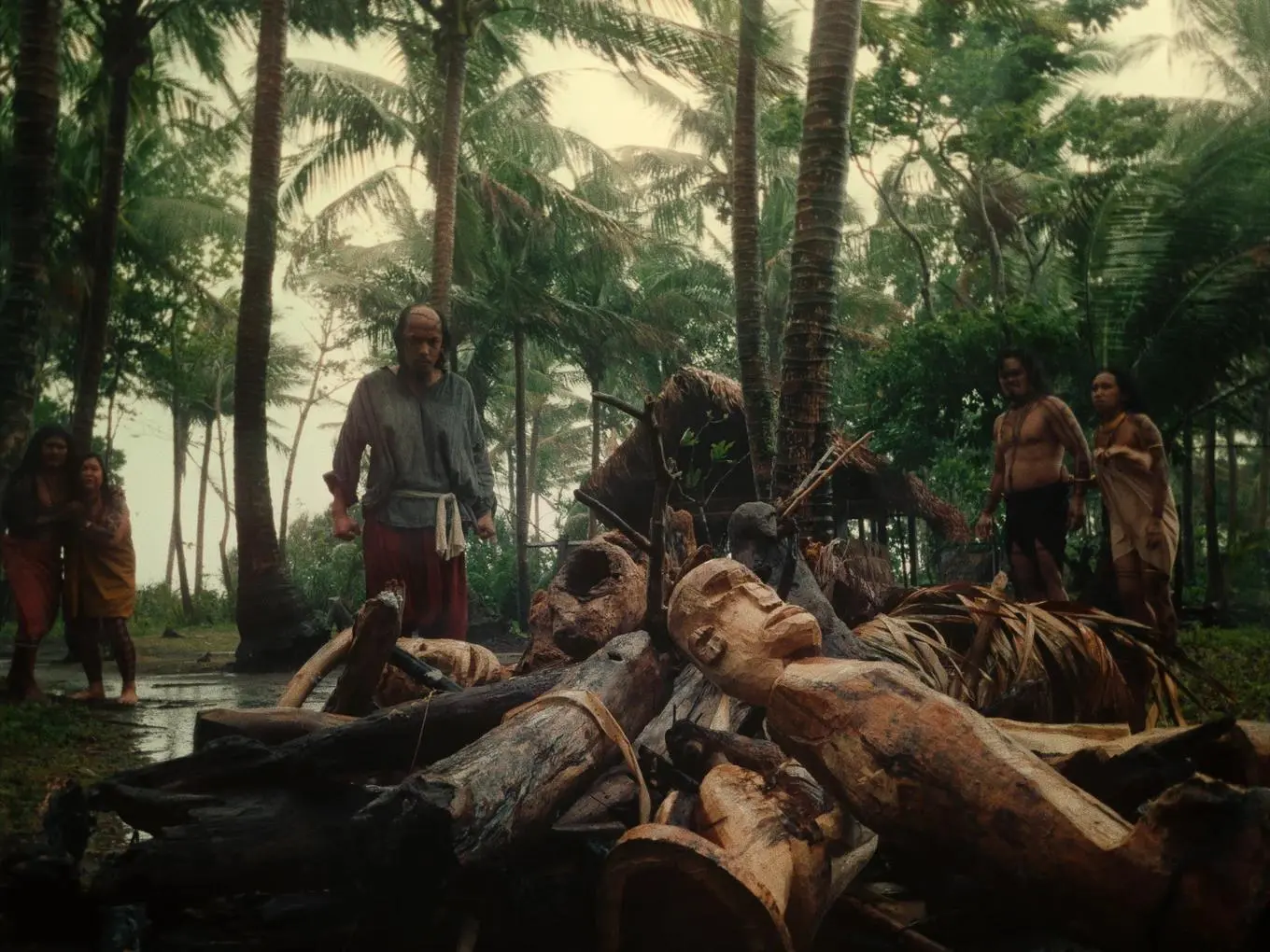
The Weight Of History
Despite its narrative shortcomings and the underdeveloped characterization of its central figure, Magellan remains a remarkable work of cinema. Its merits outweigh its flaws, and I genuinely believe it’s the right choice to bring us closer to Oscar recognition than ever before. Still, we shouldn’t place too much weight on that prospect. Whether or not the film breaks through, what matters most is that Magellan stands as a vital work that showcases and immortalizes the vision, artistry, and singular power of Diaz, an artist who brings great pride to Filipinos around the world.
More than its cinematic craft, however, what made Magellan truly successful was how it made me feel as a viewer. I wasn’t only in awe of the breathtaking images flickering on the silver screen; I was also compelled to turn inward, to examine both our collective history and its impact on my lived experience. As I watched these men ravage the country I now know as the Philippines, I wondered: how different would life be had it never happened? Would I be the same person—the same color of skin, the same voice, the same way of thinking, the same cultural practices—had history taken another course? Would I even have the same soul? Probably not. Things unfolded the way they did, and we must confront that—violence and ugly truths included.
In the end, that may be Diaz’s greatest triumph. You can criticize a film’s structure or lament an unexplored character, but we must also pause to ask what the artist wanted us to feel. Art is about interpretation, yes, but it’s just as much about intention. And while I could continue unpacking Magellan through further study, I’ll say this: if Diaz’s goal was simply to make us think and feel the weight of history, then I suspect I’ll be doing so for a long time to come.
Magellan is now showing in cinemas across the Philippines.
Photos courtesy of Kinorium.com
